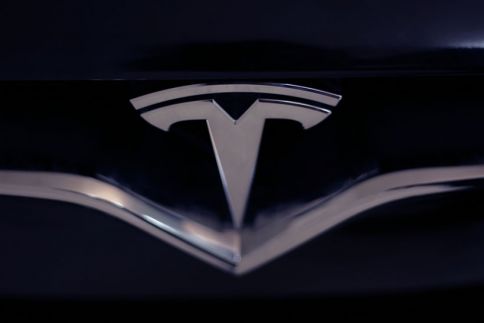
Tesla
Tesla has been a pioneering company when it comes to autonomous technology and was formed in 2003 by a group of Silicon Valley engineers.
Safety
Reliability
Ease of use
Recommend
Overall
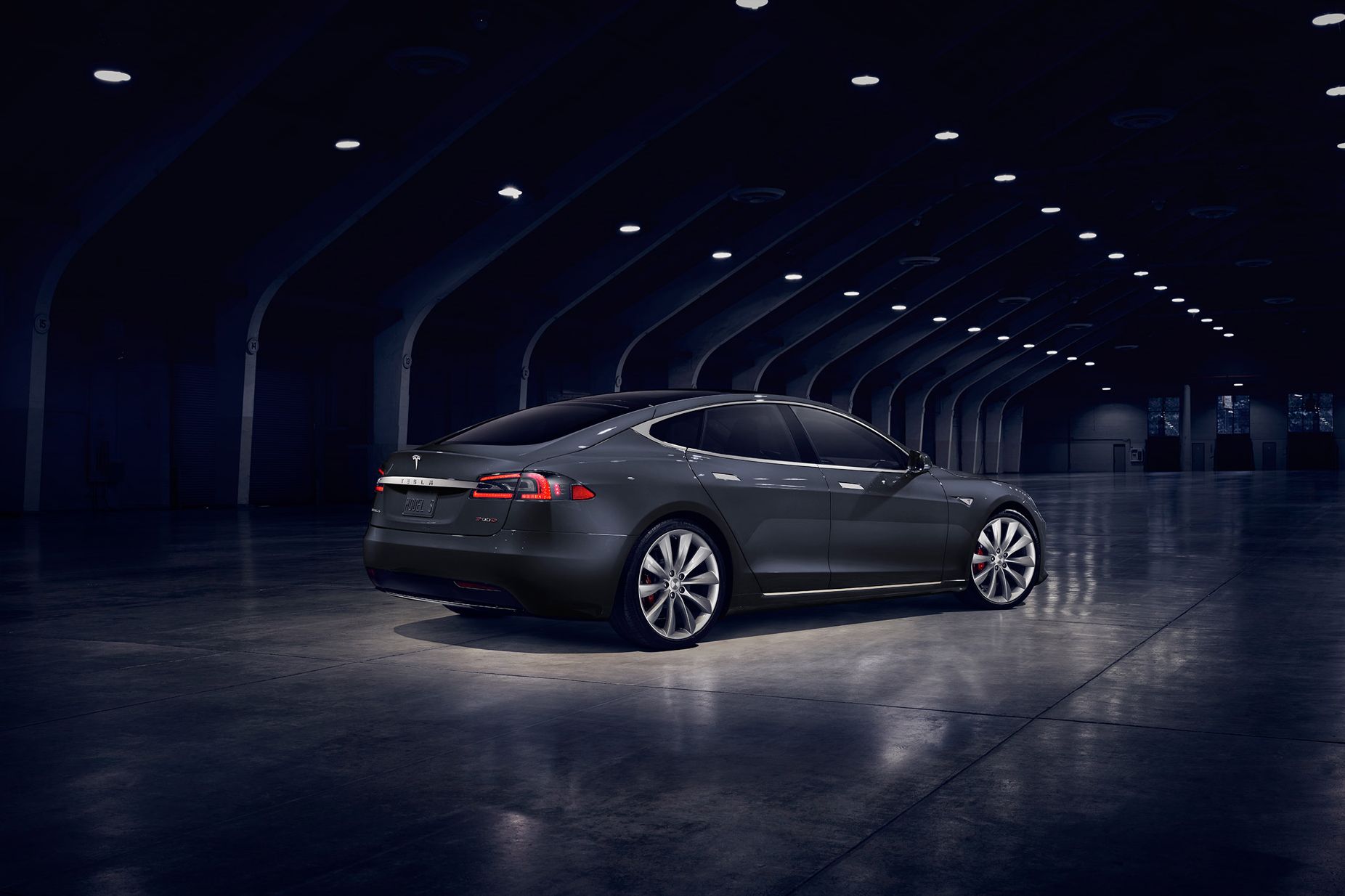
Ratings and reviews
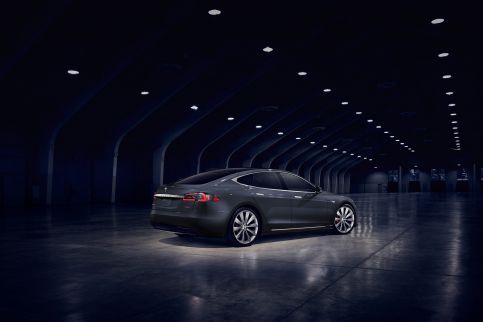
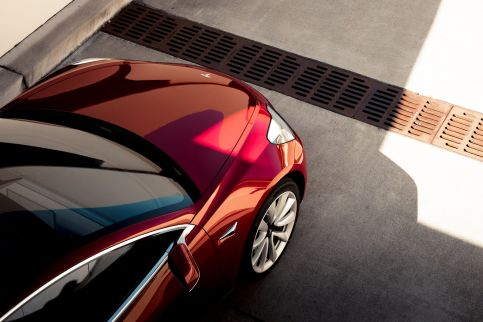
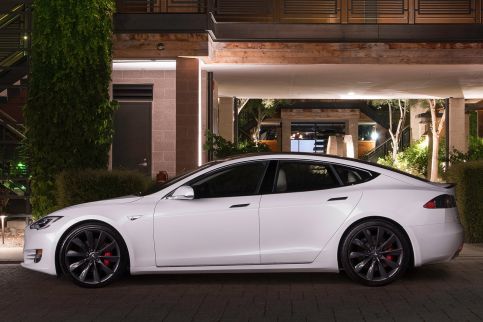
Telsa has been a pioneering company when it comes to autonomous technology. Tesla was formed in 2003 by a group of Silicon Valley engineers. The company is most well known for its outspoken now CEO, Elon Musk. Elon Musk was not the original CEO, though he did serve as Chairman of the Board and led the company’s series A round of funding in 2004. Musk did not take over the CEO role until 2008.
On October 9th, 2014, Tesla unveiled its autonomous driving technology, Autopilot. The system was announced by Musk at a company event and was composed of four parts: a forward-looking radar, a camera with image recognition, and sonar sensors that give the system a 360-degree view around the car. Musk said that some of the initial features included in the system would be automatic cruise control, lane-keeping assist, and active emergency braking. Much of the self driving technology was developed with an Isreali company, MobileEye (towards the end of 2016, Tesla decided to no longer work with MobileEye).
About a year later in October of 2015, Tesla begin releasing Autopilot Version 7.0 to its customers . Customers needed pay a one-time fee of $2,500 to activate the self-driving software when they buy a car, or $3,000 to activate the feature after delivery. Over the next several months and years, numerous versions were released to customers.
December 2015 - Version 7.1 - Tesla announced that it will remove some self-driving features to discourage customers from engaging in risky behavior and includes remote parking technology known as Summon that can park and "unpark" without the driver in the car.
August 31, 2016 - Version 8.0 - Switched the primary sensor from camera to radar.
November 2016 - Version 8.0 was updated and also required drivers to touch the steering wheel more frequently or Autopilot would turn off.
February 2017 - The first release of Autopilot for HW2 (Hardware 2) cars. HW2 cars were considered any cars produced after October 2016. It included adaptive cruise control, autosteer that was enabled on divided highways, autosteer on 'local roads’ up to a speed of 35 mph or a specified number of mph over the local speed limit.
June 2017 - Autopilot version 8.1 for HW2 - new features including a new Autopilot driving-assist algorithm, full-speed braking and handling parallel and perpendicular parking.
For HW2 cars, Autopilot is available as for $5,000, or $6,000 after delivery, and additionally full self-driving capability is $3,000 ($4,000 after delivery).
| Tech | Purpose | Hardware |
|---|---|---|
| Radar | With a wavelength that passes through fog, dust, rain, snow and under cars, radar plays an essential role in detecting and responding to forward objects. | 525 feet (160 m) |
| Forward Cameras | Three cameras mounted behind the windshield provide broad visibility in front of the car, and focused, long-range detection of distant objects. Wide 120 degree fisheye lens captures traffic lights, obstacles cutting into the path of travel and objects at close range. Particularly useful in urban, low speed maneuvering. Main Covers a broad spectrum of use cases. Narrow Provides a focused, long-range view of distant features. Useful in high-speed operation. | Trifocal: Narrow: 820 ft (250 m) Main: 490 ft (50 m) Wide: 195 ft (60 m) |
| Forward looking side cameras | 90 degree redundant forward looking side cameras look for cars unexpectedly entering your lane on the highway and provide additional safety when entering intersections with limited visibility. | Left: 260 ft (80m) Right: 260 ft (80m) |
| Rear looking side cameras | Cameras monitor rear blind spots on both sides of the car, important for safely changing lanes and merging into traffic. | Left: 330 ft (100 m) Right: 330 ft (100 m) |
| Rear Camera | Not just for backing up safely, the rear view camera is now a contributing member of the Autopilot hardware suite with enhanced optics. The rear view camera is useful when performing complex parking maneuvers. | 165 ft (50m) |
| Ultrasonic Sensors | Effectively double the range with improved sensitivity using uniquely coded signals. These sensors are useful for detecting nearby cars, especially when they encroach on your lane, and provide guidance when parking. | 26 ft (8m) |
| Platform | NVIDIA DRIVE PX 2 AI computing platform |
Features
On ramp to off ramp
Once on the freeway, Tesla will determine which lane you need to be in and when. Autopilot will also watch for opportunities to move to a faster lane when you're caught behind slower traffic. When you reach your exit, your Tesla will depart the freeway, slow down and transition control back to you.
Autosteer
With the new Tesla Vision cameras, sensors and computing power, your Tesla will navigate tighter, more complex roads.
Autopark / Smart Summon
With Smart Summon, your car will navigate more complex environments and parking spaces, maneuvering around objects as necessary to come find you.
Adaptive cruise control
Autopilot has the ability to follow another car, maintaining a safe distance from it as it speeds up and slows down. It can observe a second vehicle in front of the vehicle that it is following. It also slows on tight curves and when a car crosses the road in front of it. It can be enabled at any speed above 17 mph.
Alerts
Autopilot alerts the driver under various circumstances, such as a surprising situation on the road or excessive inattention by the driver. If the driver dismisses three audio warnings within an hour, Autopilot is disabled until the car is parked. This is to prevent experienced drivers from excessive reliance on built-in safety features. At speeds under 8 mph on divided highways, Autopilot functions indefinitely without the driver's hands on the wheel. Under 45 mph free hands are allowed for five minutes, unless the car detects lateral acceleration. Above 45 mph free hands is allowed for three minutes if following another vehicle or one minute without.
Forward and Side Collision Warning
Helps warn of impending collisions with slower moving or stationary cars, or obstacles along the car.
Known Accidents
- 07 May, 2016 Williston, Florida View details
- 23 Mar, 2018 Mountain View, California View details

